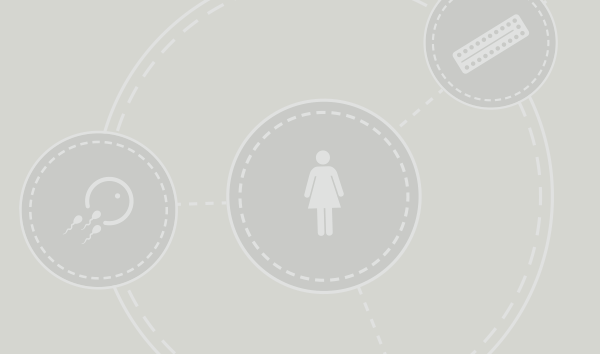Nov 06

Help Us Protect Access to Sexual and Reproductive Health Care Today!
The birth control pill, patch and ring contain estrogen and progestin. Of those two hormones, estrogen carries more risk – especially to the cardiovascular system. This Contraceptive Pearl covers which women shouldn’t take estrogen.
Since EC isn’t available over-the-counter to everyone yet, clinicians should be well-versed in the different types of emergency contraception. This Contraceptive Pearl details the different types so clinicians can know what will work best for their patients.
The progestin implant, Implanon, introduced in 1999, has been replaced by an updated version called Nexplanon. The Contraceptive Pearl covers the differences between Implanon and Nexplanon.
Contraception is especially important for HIV+ women due to the risks that pregnancy can bring on. Different types of contraception and how they work for HIV+ women are detailed in this Contraceptive Pearl.
Several researchers have tried to find a counseling approach that leads women to stick with their contraceptive method longer. So far, the results are disappointing! This Contraceptive Pearl discusses why adherence is low and what clinicians can do about it.
This Contraceptive Pearl covers the best practice to confidentially discuss and prescribe contraception with teens.
Studies of the contraceptive patch and Deep Vein Thrombosis (DVT) have yielded conflicting results. In 2006, two trials found a higher incidence of nonfatal blood clots among women using the patch than among women taking oral contraceptives, while a third study found no significant difference. How can we frame this discussion so that we communicate honestly without alarming patients?
One barrier in terms of a patient’s adherence to their prescription contraceptives is lack of supply. In this Contraceptive Pearl, read about how prescribing a larger supply can increase adherence.
Fear of cancer prevents many women from using hormonal contraceptives. This Contraceptive Pearl covers the facts about hormonal contraception and cancer risk.
I ordered a gonorrhea/chlamydia test for my asymptomatic 17-year-old patient the day I inserted her progestin IUD. The chlamydia test was positive. I treated her and her partner with azithromycin. I left the IUD in place. Does my patient need a test of cure? If so, when? Dr. Anjna Ganatra – New York, NY Contraceptive…
Your gift allows us to train and support health care providers across the United States so they can offer patients compassionate and comprehensive care.
Nov 06
